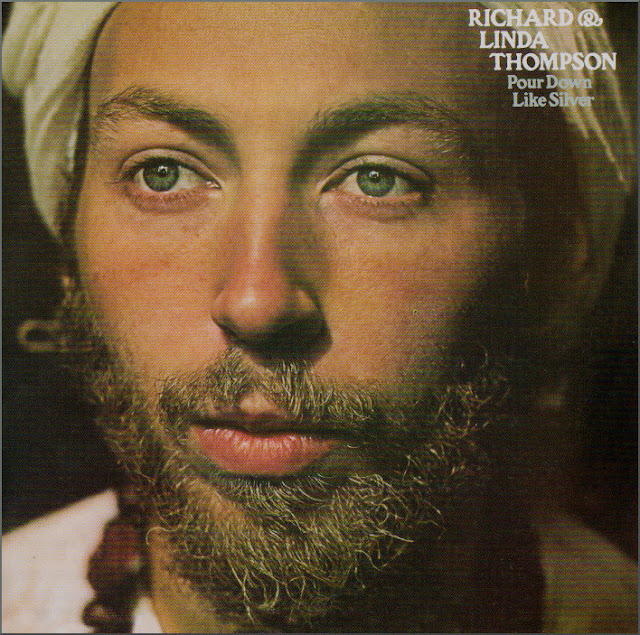Let's never forget that the music is the message
Music journalists are, by instinct, more drawn to something that is good to write about than something that is good to listen to. Marshall McLuhan taught that the medium is the message, and in the classical sphere the music itself must always be the primary message. But today's obsessive contextualising means that the context is fast becoming the message. As an example, it goes without saying that much important work still remains to be done to eradicate gender inequalities. But because the feminine narrative is good to write about and rich in click bait, the female context is starting to become the message at the expense of the music.
Let's consider a provocative scenario. Funders are pressuring an orchestra manager to deliver better attendances. There is a choice between two conductors of equal calibre. One is male the other female. The manager knows that booking the woman conductor will generate much-needed media coverage, and this in turn will boost audience numbers. Which does the manager choose? The distorting prism of the media makes it a no-brainer.
Back in 2006 On An Overgrown Path was one of the first blogs to highlight the gender inequality in classical music, and it is very pleasing to see a combination of sheer talent and positive action allowing Mirga Gražinytė-Tyla, Marin Alsop and others to achieve the preeminence they rightly deserve. But there is a crucial dividing line between positive action and positive discrimination, and being led across that rubicon by the media inevitably brings the risk of a damaging backlash.
But let's turn our attention back to what really matters - the music. I prefer the road less travelled. Which means journeying to places that TripAdvisor neglects and writing about very good music that lies outside journalistic comfort zones. Such as the Brooklyn Raga Massive's interpretation of Terry Riley's seminal In C, an interpretation where the music is not only the message but also a way of life - see video below. As this album passes with flying colours the vital test of being good to listen to, I can move on to contextualising. So here to conclude is the backstory taken from the Brooklyn Raga Massive website of this refreshingly paradoxical exercise in big band minimalism:
Brooklyn Raga Massive (BRM), a collective of forward thinking musicians rooted in Indian classical music, release Terry Riley In C recorded live in concert with 18 musicians at Joe’s Pub on January 11, 2017. Indian classical music is often a lonely affair involving 3 or 4 musicians at most. Sitarist Neel Murgai identified the canonic minimalist masterpiece as an accessible way for a critical mass of BRM musicians to play together. Terry Riley himself, after listening to an early performance recording, suggested they “use the basic In C form but open it up to solos...based on some of the patterns.” BRM’s arrangement of In C incorporates raga, Indian ornamentation, driving tabla rhythms, improvised solos and an instrumentation of sitar, sarod, bansuri, vocals, tabla, hammered dulcimer, oud, violin, cello, upright bass, dragon mouth trumpet, guitar, cajon, riq and frame drum.
Terry Riley composed In C in 1964, but this release marks the first time it has been performed and recorded by a group featuring so many Indian classical musicians and raga elements. The piece’s basic structure consists of 53 cells of music for any instrumentation, short fragments that each performer repeats, displaces and moves through at their own will. Terry Riley is a long time practitioner of Indian classical vocal music, having studied with Pandit Pran Nath, but he confirmed that “I have never heard an ensemble like this playing In C.”
No review samples used in this post. Any copyrighted material is included as "fair use" for critical analysis only, and will be removed at the request of copyright owner(s). Also on Facebook and Twitter.











Comments
http://therehearsalstudio.blogspot.com/2017/09/beyond-terry-riley-jamming-from.html
https://sfciviccenter.blogspot.com/2017/09/brooklyn-raga-massive-in-c.html